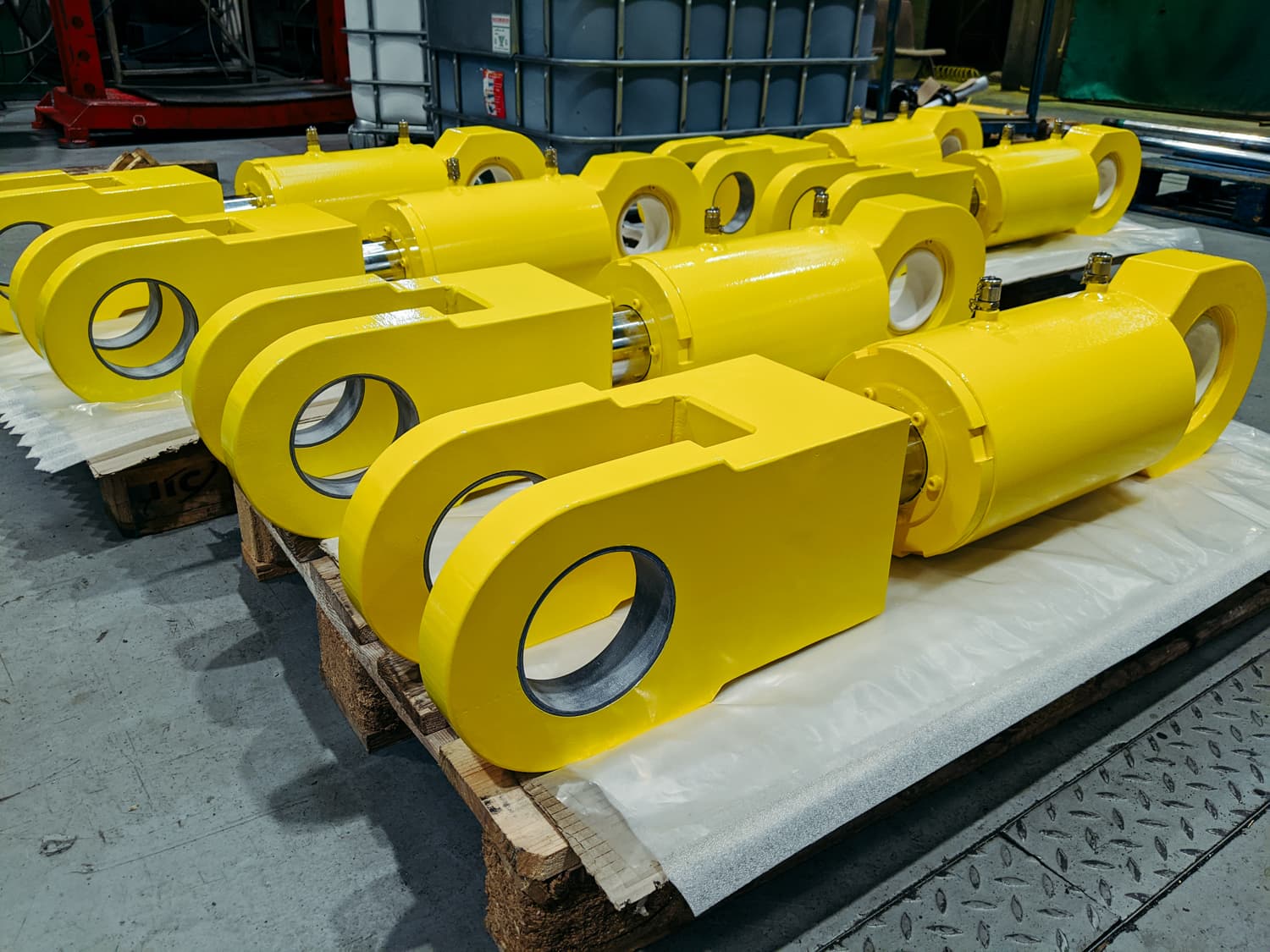Compression load cell systems.
Hydraulic load cell definition.
As the force applied to the load cell increases the electrical signal changes proportionally.
Hydraulic load cells measure weight as a change in pressure of the internal fluid.
In hydraulic load cell a load or force acting on a loading head is transferred to a piston that in turn compresses a filling fluid confined within an elastomeric diaphragm chamber.
As the force increases the pressure of the hydraulic fluid increases.
Hydraulic load cell applications can include tank bin and hopper weighing.
In a rolling diaphragm type hydraulic force sensors a load or force acting on a loading head is transferred to a piston that in turn compresses a filling fluid confined within an elastomeric diaphragm chamber.
All hydraulic scale types consist of one or more load cells and a means of translating the resultant pressure into a visible mass indication.
Miniature load cell hydraulic cells are force balance devices measuring weight as a change in pressure of the internal filling fluid.
Crown compression load cells often called pancake load cells are designed to give precise readings when compressed by a bulk tank deadline anchor or in other weight indication applications hydraulic compression load cells are ideally used in instances where electrical load cells may cause sparks and be potential explosion hazards.
A load cell is a force transducer.
The most common types of load cell used are hydraulic pneumatic and strain gauge.
It converts a force such as tension compression pressure or torque into an electrical signal that can be measured and standardized.

